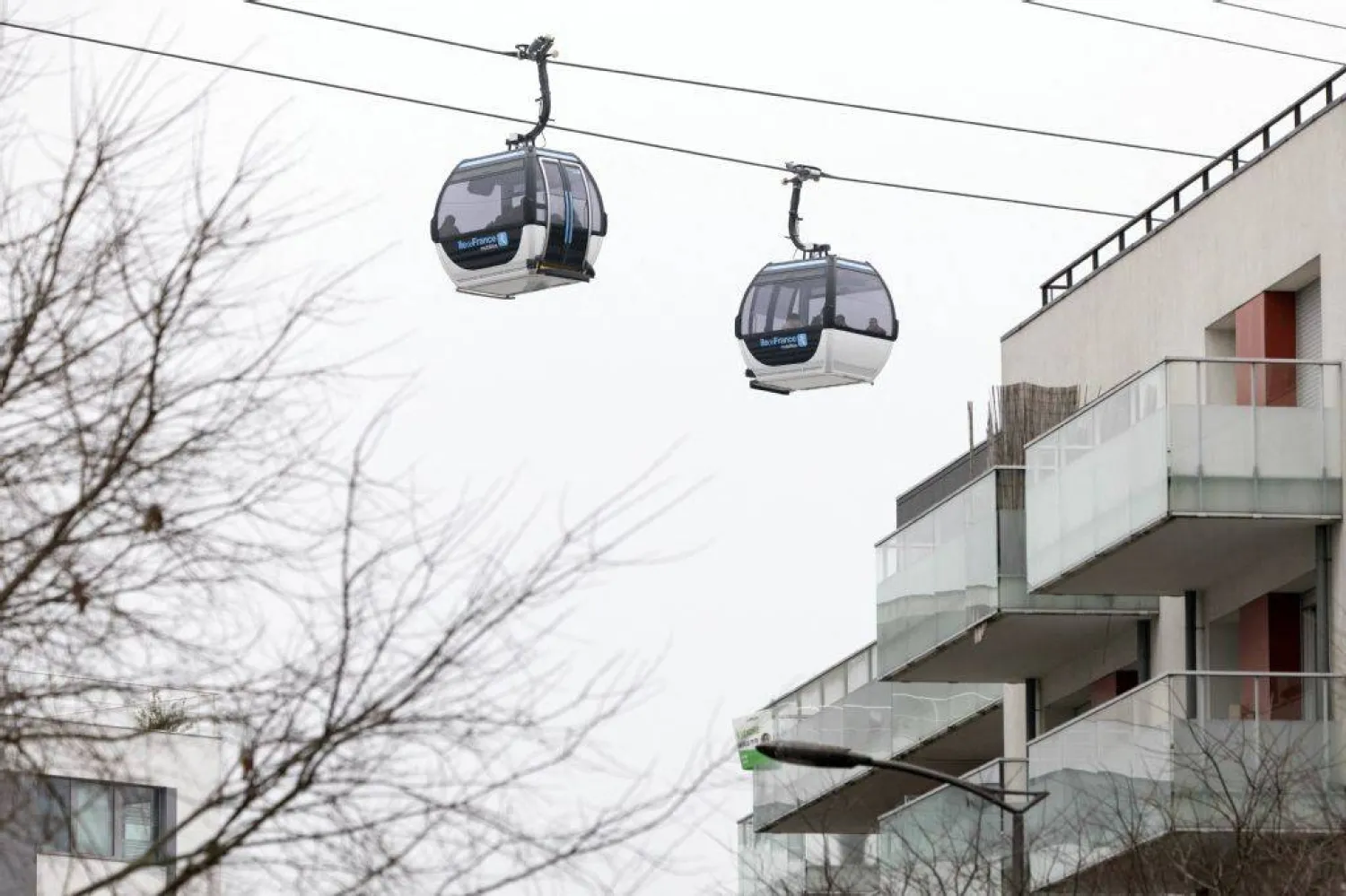Doctors commonly prescribe daily low-dose aspirin after a heart attack to reduce the risk of having a second cardiovascular event.
About one in six patients however stop taking their aspirin within three years, a Swedish study found. It warned against stopping the low dose of aspirin, because it raises the risk of heart attack or stroke by nearly 40 percent.
Lead author of the study Dr. Johan Sundstrom told Reuters Health that low-dose aspirin makes the platelets in the blood less likely to form clots. This is especially useful in the coronary or carotid arteries, where blood clots may lead to myocardial infarctions and strokes.
Sundstrom, an epidemiologist at Uppsala University added that millions of patients worldwide take aspirin on a daily basis and might consider stopping at some time during their life.
“We performed this study to help physicians and patients to make an informed decision whether or not to stop aspirin use,” he explained.
To see if risk rises after a patient stops aspirin therapy, Sundstrom’s team used nationwide medical and death registries to identify patients over age 40 taking low-dose aspirin. In Sweden, low-dose aspirin is available only by prescription, so the researchers were also able to see who continued filling their prescriptions between 2005 and 2009.
The researchers analyzed records for 601,527 patients, who were cancer-free and had taken at least 80 percent of their prescribed aspirin doses during the first year of treatment. After excluding a small proportion of patients whose medical records showed a reason for stopping aspirin, such as surgery or a case of severe bleeding, they found that about 15 percent of the full group had stopped taking their aspirin after about three years.
At the end of the study period, there were a total of 62,690 cardiovascular events, defined as hospitalization for a heart attack or stroke, or cardiovascular death.
The study lead author said patients who discontinued aspirin had a 37 percent higher rate of cardiovascular events than those who continued. That translates to one extra cardiovascular event each year among every 74 patients who stopped taking aspirin.
The risk increased shortly after discontinuation, and did not appear to diminish over time, he added.
“Adherence to low-dose aspirin treatment in the absence of major surgery or bleeding is likely an important treatment goal,” stressed Sundstrom.









